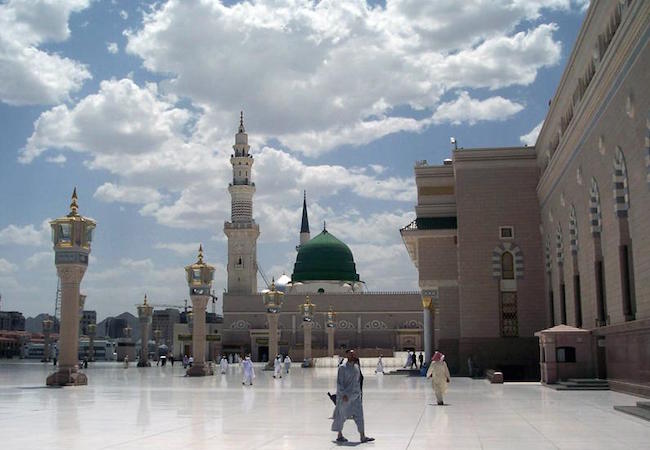Can Central Asia be stuck between Iran and Saudi Arabia?

By Ammar Younas
The outcomes of contentions between Iran and Saudi Arabia can been seen in recent events in Middle East. Lebanese prime minister resigned saying that he has threat to his life. At the same time, Saudi Arabia alleged Yemen to fire a missile on Riyadh. Prince Muhammad Bin Salam seems to be clearing his path towards the crown.
Saudi Arabia is using American weapons against Iran-backed Houthi rebels, who knocked down Yemen’s internationally recognized government in 2015. These rebels are definitely using Iranian and Russian made weapons against Saudis. Estimates shows that Saudis have spent around 800 billion dollars in war against Yemen. Any sensible mind can evaluate that Saudis could invest this money in Yemen and even could buy the loyalties of Houthis. They have a history of not spending their money on infrastructure and community development. Instead of this, they prefer to invest in religious intuitions like Wahhabist mosques and Madrassas. But one thing is clear that Saudis can spend a lot of money without fearing the consequences when it comes to the rivalry with Iran.
Central Asia seems to be adopting a policy of neutrality in the Iran- Saudi Arabia conflict. Does Iran and Saudi Arabia also think like this? Or they are considering Central Asia as their next battle ground to fight a cold war on it? I think that Central Asia is more vulnerable than Middle East. All the possible variables and triggering factors which can be considered as bone of contention between Iran and Saudi Arabia are found in Central Asia. Central Asia has natural resources, religious fractions with a potential to form militias, political loyalties divided between east and west more specifically between USA and Russia, geopolitical location near the Chinese one belt one road and history of being prone to revolutions and civil wars. From the Caspian Sea to the borders of Pakistan, each country in Central Asia has something in common with Middle Eastern countries.
Iran tried its best to pose itself as regional hegemon. After the collapse of Soviet Union, Iran did not miss its chance to play the card of “regaining Islamic identity” in Central Asia. All most all the countries in Central Asia have institutions teaching Persian language and culture. Iran realized the importance of soft power in CA long before any of the Arab country. Iran has better bilateral trade relations with many CA countries. Besides political and economic interests of Iran in Central Asia, Iran has potential to radicalize people with political Islam, which can come in direct contest with the Saudi interpretation of political Islam.
I feel that Saudis will not miss any opportunity to impose itself further on the regional stage. If they can spend 800 billion dollars on the war in Yemen, a very small amount of investment in Central Asia can yield into astonishing consequences in the favor of Saudis. My prediction is that eventually, both of these countries will understand the gravity of situation in Central Asia and start taking it on a more serious level.




